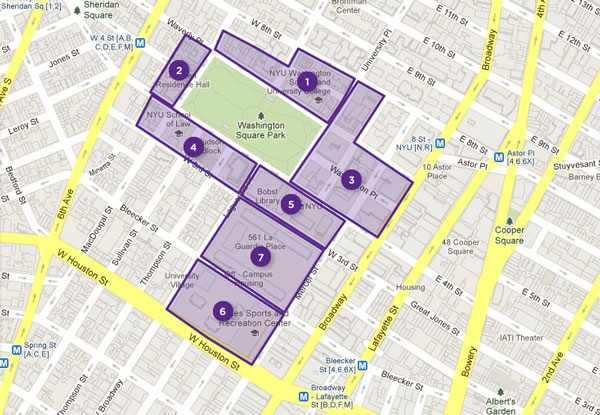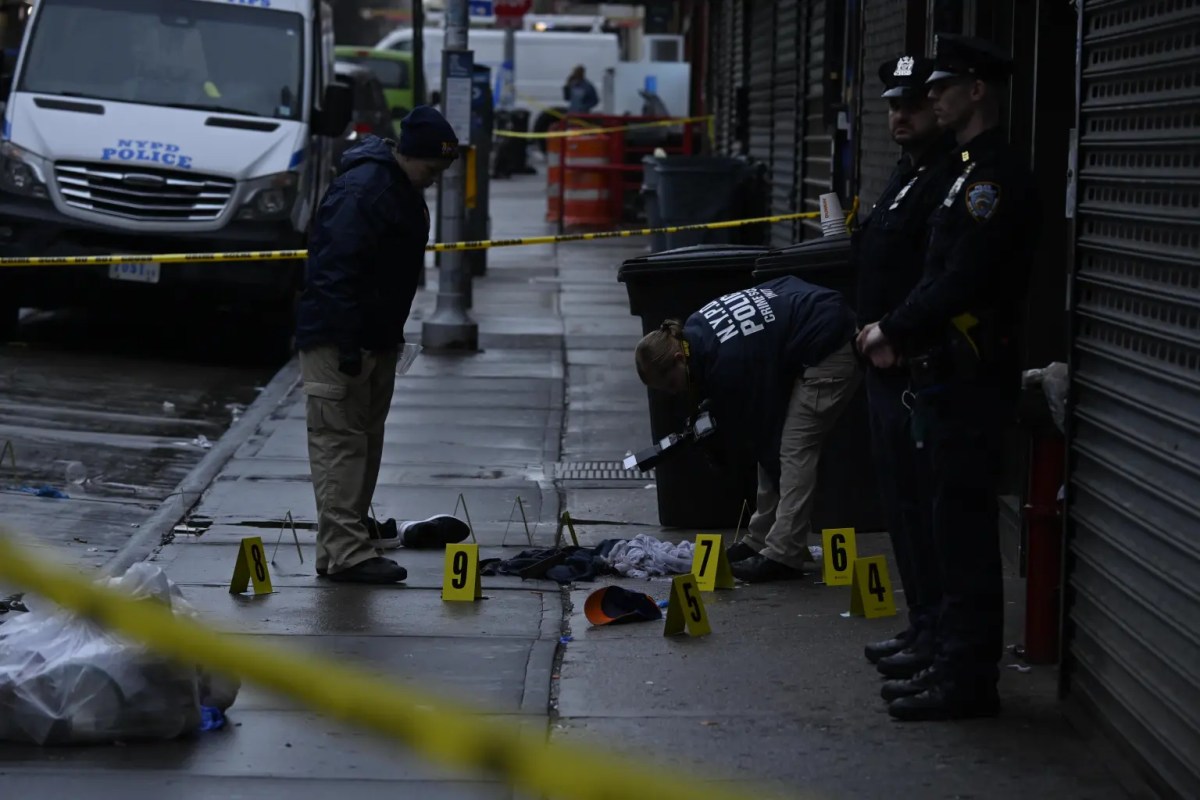BY YANNIC RACK | With New York City’s largest-ever outbreak of Legionnaires’ disease apparently on the wane, the mayor signed into law new regulations on Tues., Aug. 18, to prevent a future spread of the illness that has killed a dozen people over the last month.
Even though their response did not always seem coordinated during the outbreak, which originated in the South Bronx in early July, Mayor Bill de Blasio and Governor Andrew Cuomo had previously announced that they would work together on new legislation aimed at curbing the disease.
The bill, approved by the City Council last week, mandates strict timeframes and procedures for the maintenance and testing of cooling towers, which were found to be the source of the outbreak.
The measure requires building owners to conduct quarterly inspections of cooling towers and provide annual certification that they have been inspected, tested, cleaned and disinfected.
“The recent Legionnaires’ outbreak has been an unprecedented challenge requiring an unprecedented response,” the mayor said in a statement.
“But a powerful response is just one piece of the equation. New Yorkers need to be protected from the disease through aggressive preventive action, and this groundbreaking legislation, developed in partnership with the City Council, is exactly that.”
Cooling towers are a component of the heating, ventilation and air-conditioning systems in many modern buildings and can be found throughout the city.
Legionnaires’ disease, an extreme form of pneumonia that commonly afflicts the elderly and those with compromised immune systems, is caused by heat-loving bacteria that easily breed in the warm water circulating inside cooling towers.
The disease can spread through the air when somebody breathes in water droplets or mist containing the bacteria, for example from an air-conditioning unit, but is not contagious between individuals.
In the future there will be fines and even prison terms for failing to comply with the new regulations, as well as a requirement that cooling towers be registered with the Department of Buildings.
Prior to the outbreak, no central records of cooling towers were kept. The city also doesn’t regularly inspect them, so the task of maintenance falls to building owners.
In The Villager’s coverage area, New York University has a large number of cooling towers.
According to John Beckman, the university’s spokesperson, N.Y.U. maintains around 30 cooling towers throughout the city, most of them in Manhattan.
“For some years, N.Y.U. has had a program of annually cleaning and disinfecting its cooling towers,” Beckman said, which means the university falls short of existing guidelines by the Centers for Disease Control and the Occupational Safety and Health Administration.
The latter recommends that cooling towers be cleaned quarterly — or at least twice a year if the unit is not used year-round.
Beckman added that the university uses an outside firm that specializes in the work and that the towers are also routinely treated with a biocide “to prevent, control and kill pathogens such as Legionnaires.”
Two weeks ago, health officials issued an order that required buildings with water-cooling towers to assess and disinfect their units within the next 14 days, unless they can provide documentation of a similar inspection and cleaning within the past month.
Beckman last week noted that N.Y.U. had its towers disinfected most recently in April and was already working to schedule another round of cleaning, to meet the city’s deadline.
“We checked with the vendor to see if there are any additional steps we should take,” he said. “However, given N.Y.U.’s existing, robust treatment program…no additional actions were required, beyond the efforts we will take in accord with the city’s mandate.
“Of course, the university will comply with whatever program the city comes up with in regard to cooling towers.”
Bellevue Hospital Center maintains three cooling towers at its location between E. 26th and E. 28th Sts., on the stretch of First Ave. nicknamed “Bedpan Alley” for its concentration of hospitals.
Bellevue is run by the city’s Health and Hospitals Corporation, which also operates Lincoln Medical Center in the Bronx, one of the five buildings that originally tested positive for Legionella bacteria.
“When the tower at Lincoln Hospital tested positive on July 29, we immediately cleaned and disinfected it,” Ana Merango, a spokesperson for H.C.C., told The Villager last week.
“Since then we’ve gone beyond the Bronx and we’re cleaning all of our towers,” she said, adding that the work should be completed by the end of the week.
The cleaning process takes a couple of hours and is usually done overnight, according to Merango. After disinfectants are used to rid the cooling towers’ insides of any bacteria, they need to be flushed out before going back into operation.
Merango noted that all public hospitals in the city follow C.D.C. and OSHA recommendations and so have their cooling towers cleaned and disinfected every six months by an environmental specialist.
“I couldn’t tell you if every other hospital in the world does it [the same way],” she said. “It makes sense to us to do it on a regular basis.”
Among the other building operators that responded to a request for comment was the VA New York Harbor Healthcare System, whose Manhattan campus is located right next to Bellevue off First Ave.
A hospital spokesperson acknowledged that the cooling towers at the site were tested regularly but did not provide details of how often they were cleaned and disinfected.
“VA has had a water-monitoring system in place for sometime,” the spokesperson said. “VA New York Harbor takes all appropriate measures to ensure our cooling towers are maintained properly and are safe for all. We have no issues with our cooling towers.”
The New School, which has an eight-story building on W. 12th St. between Fifth and Sixth Aves., plus its new 16-story University Center, on Fifth Ave. at E. 14th St., also gave no specifics but said its cooling towers were clean and well maintained.
“The New School received the NYC DOH order that most building owners received in the last few days. The New School is in full compliance with the order,” the school said in a statement.
The building that stood out for the most frequent testing was 770 Broadway, next to the Astor Place subway station and home to the offices of the Huffington Post, Facebook, AOL and J. Crew, as well as a K-Mart, among others.
A spokesperson for Vornado Realty Trust, which manages the building, said the cooling tower there was tested every month and treated with biocides “as required.”
It was not clear how often the tower was actually cleaned.
On Tuesday, the mayor tried to dispel any remaining worries about the safety of cooling towers in the city.
“As we speak, there are city workers on the ground throughout the five boroughs identifying every single cooling tower in this city,” he said before signing the bill.
“That is something for this city to be proud of, but we don’t look backwards — we look forwards now. And we know that preventative medicine is the best medicine.”
At a press conference afterward, the mayor noted that no new cases of Legionnaires’ had been reported since Aug. 3, though the number of confirmed cases connected to the outbreak had risen by one patient to a total of 127.


















